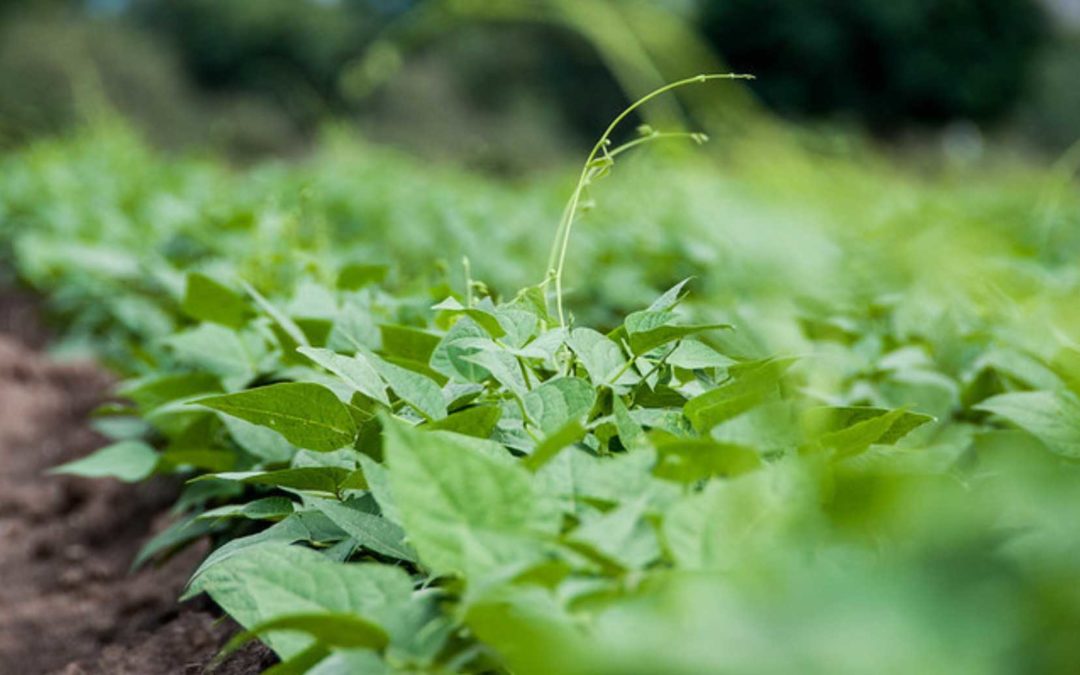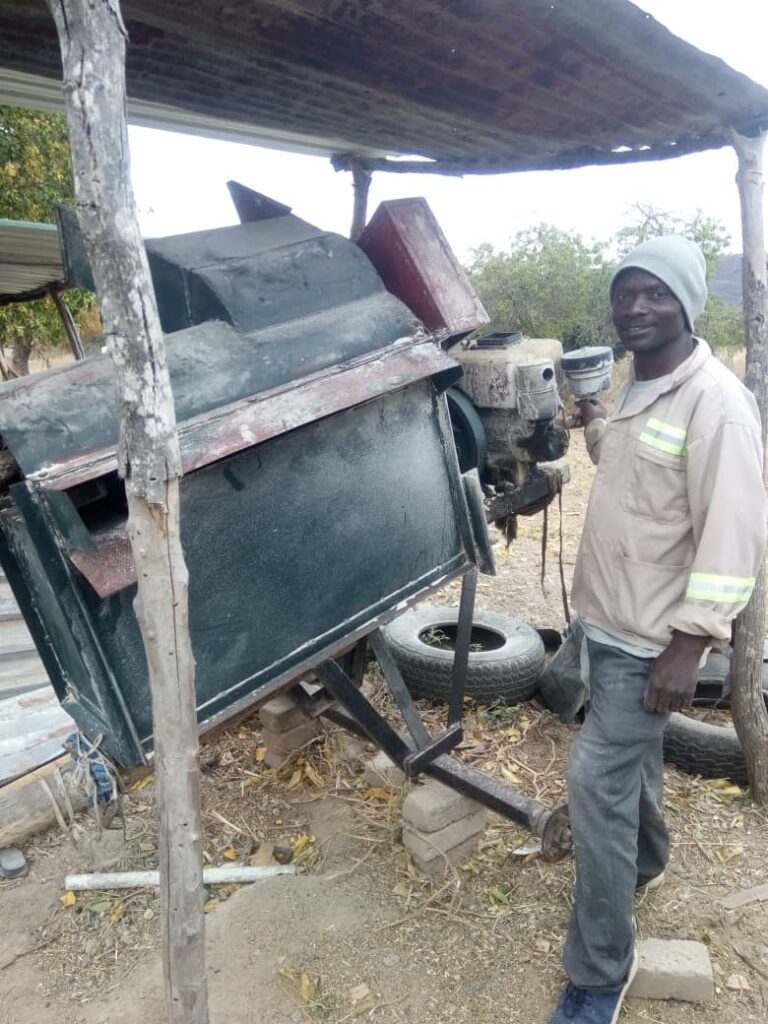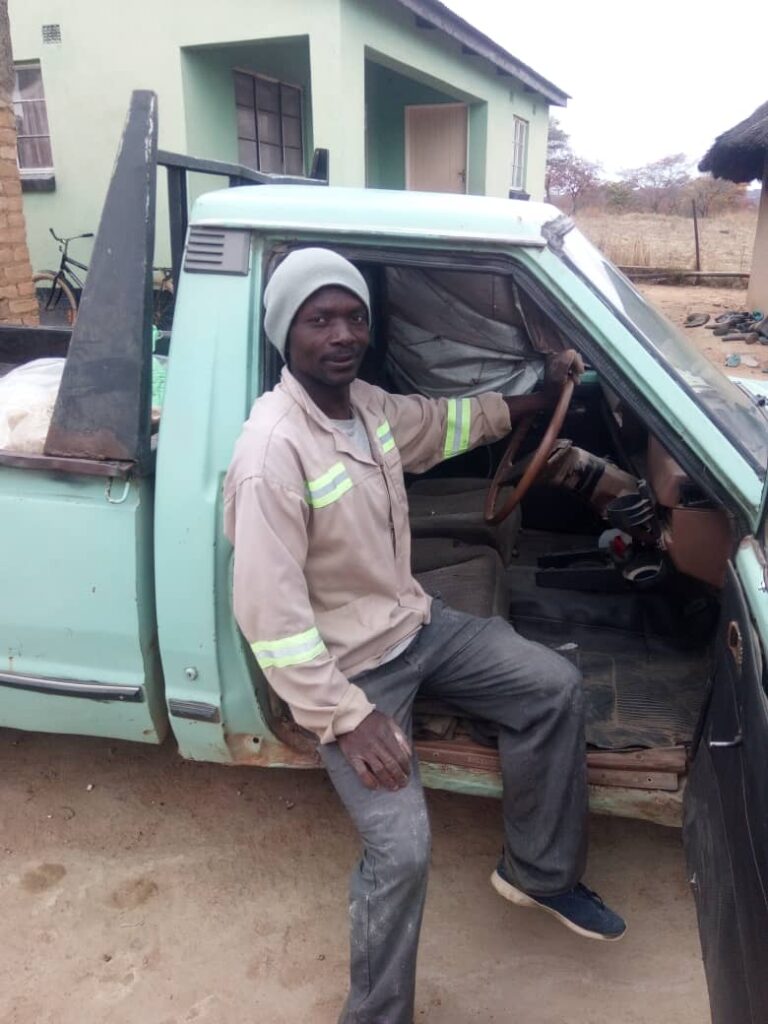By Nyarai Chisorochengwe, Shylet Tsekenedza, Eileen Nchanji, Patricia Onyango, Owen Kimani
Zimbabwean farmers are reaping good bean harvest from the irrigation sites in the country. Irrigation, as opposed to rainfed agriculture, acts as a mitigating measure against droughts and mid-season dry spells, which enables irrigators to grow crops throughout the year and intensify production. Improving agriculture and enhancing productivity through smallholder irrigation is one of the key strategies for alleviating poverty and improving the livelihoods of rural communities; most of the poor depend directly or indirectly on agriculture.
DR&SS, in partnership with farmers in Shungudzevhu have introduced NUA45, a new high iron and zinc bean in Zimbabwe. The bean is praised for its immense benefits. The farmers share that they are witnessing increased yields from 800kg to 2900kgkg per hectare. The variety is early maturing and so can be grown twice or thrice a year, taking care of food security in the household. Because of the iron and zinc component, the bean is helping improve reducing stunting in children, improve cognitive development in school-going children, as well as increase iron in the elderly, the sick and pregnant women. This variety is known to cook faster (less than 45 minutes) and gets a premium price in the market compared to tobacco.
Shungudzevhu group began with seventy-nine farmers (13 women,17 young women, 39 men, and 7 young men). With time some of the youths in the group moved to the city in search of employment. Apart from NUA45, these farmers also grow Pan 148, cherry, Gloria and sweet violet on their farm and harvest about 800 kg per hectare. With the introduction of the “Improving food security, nutrition, incomes, natural resource base and gender equity for better livelihoods of smallholder households in sub-Saharan Africa” project introduced by the Pan Africa Bean Research Alliance, we now see positive changes.”
“In terms of income, farmers used to get approximately US$ 600 per hectare. Currently their income is US$ 1200 per hectare. The community livelihoods have significantly improved as well as the frequent visit to clinics. Information from local clinics shows that the stunting graph is decreasing, especially for children under-fives. Also, the school registers are showing less absenteeism of school children. Women now hold about 55% leadership positions in innovation platforms” said Mrs Musiiwa one of the members of the group.
Mr and Mrs Musiiwa are one such couple who has benefitted from this group. They bought a pickup truck to transport their produce to the market and a maize sheller from selling beans. Mr Musiiwa said he has also been able to pay fees (using NUA 45) for his children going to a local boarding school (Hanke mission). Other farmers have bought small and large livestock from the money from beans.
Figure 1 Mr showing the sheller and grinding mill bought from bean proceeds
Through agronomic training on irrigation conducted by DR&SS, AGRITEX and PABRA, the group has since adopted sprinkler use instead of flood method, which is not labour intensive and does not lead to excessive leaching of soil nutrients.
Figure 2: Pick-up truck bought from bean proceeds used to collect harvest from the farm to the market
The group also grow other crops with beans. Some members received funding from Technoserve to grow fine beans (called Lomami) and peas for export. They grow these crops on 0.1 to 0.5 hectares, getting an average of 480kg to 700kg, while others, especially women, are being contracted to grow wheat by Technoserve through contract farming. This was influenced by the extension officer who was keen to have more women working at the irrigation scheme and interacts a lot with the women in the group.



